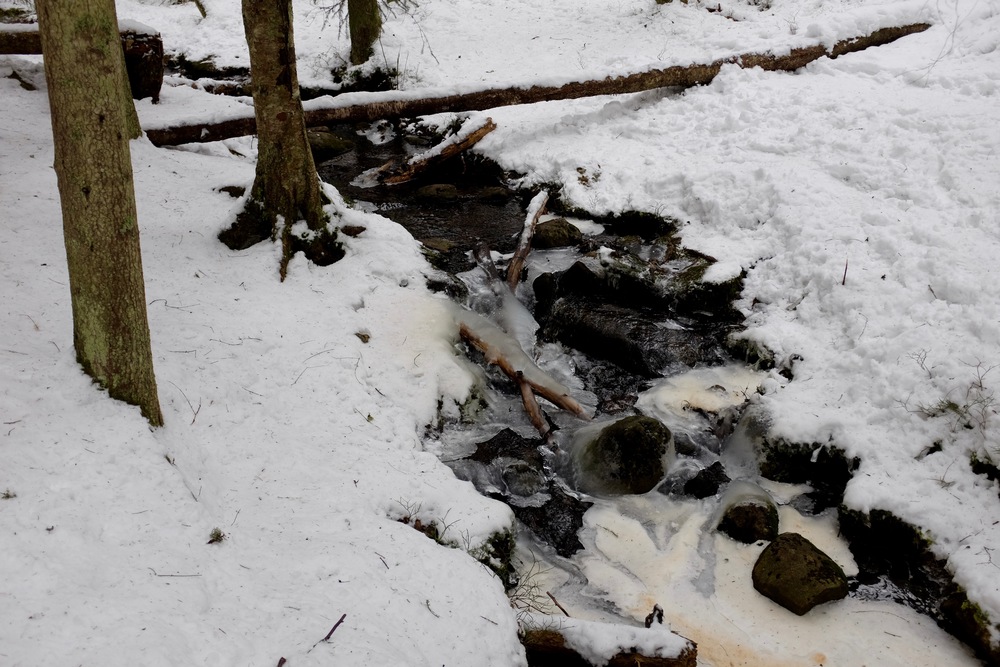
Today was the final exam in a course on set-theoretical forcing. It was one of the hardest courses I’ve attended, but at least the exam was easy. But what the heck is forcing anyway?
It’s a technique for independence proofs. It was originally developed by Paul Cohen for proving the independence of Continuum Hypothesis (CH) from Zermelo-Fraenkel set theory with the Axiom of Choice (ZFC).
A theory is consistent if it does not allow contradictions. For example, ZFC is thought to be consistent (although you can’t prove it in ZFC), so you can’t derive a contradiction from the axioms of ZFC.
An axiom is independent of a theory if you can’t prove or disprove it from the theory. You can prove the independence by showing that the theory is consistent with the axiom and with the negation of the axiom. Assuming the consistency of ZFC, you can prove that ZFC together with CH is consistent. Using forcing, you can also prove that ZFC together with the negation of CH is consistent. Thus CH is independent of ZFC.
How does this work in practice? We assume the existence of countable transitive model of ZFC, $V$. Then we come up with a partially-ordered set (forcing poset) that is used to construct a generic extension of the model, $V[G]$. This model is constructed so that it witnesses whatever we want to prove. Its existence proves the claim.1
To prove that ZFC is consistent with the negation of continuum hypothesis, i.e. $2^\omega > \omega_1$, we would take a cardinal $\kappa$ that is larger than $\omega_1$ in $V$. We then construct $V[G]$ so that there are at least $\kappa$ subsets of $\omega$. Since $V$ and $V[G]$ have the same cardinals, $2^\omega > \omega$.
The tricky part is finding a suitable forcing poset. One of the ways to make it easier is to use iterated forcing, where you repeat the forcing transfinite number of times. I’d tell you how it works, but unfortunately I don’t understand it.
-
I definitely do not understand this part, but I trust the authorities. ↩︎